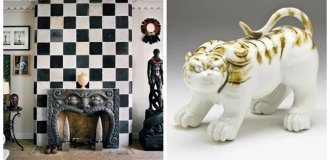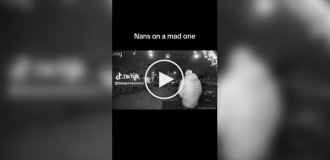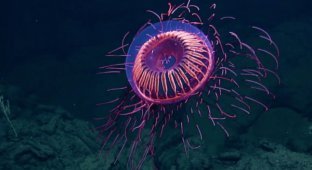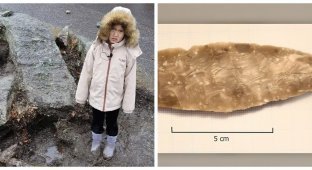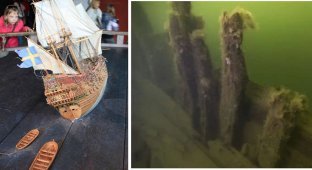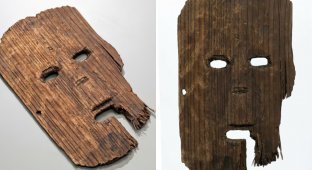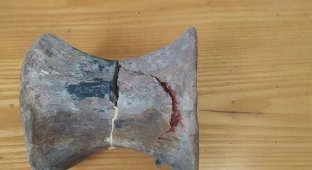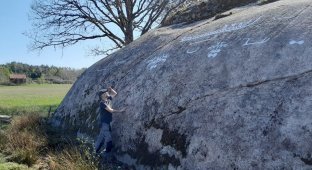In Spain, found a mosaic of the Roman era depicting Medusa Gorgon (3 photos)
Archaeologists have discovered a stunning mosaic depicting mythical Gorgon Medusa in the ruins of a Roman-era manor. Nakhodka taken at the excavations in Huerta de Otero in western Spain. 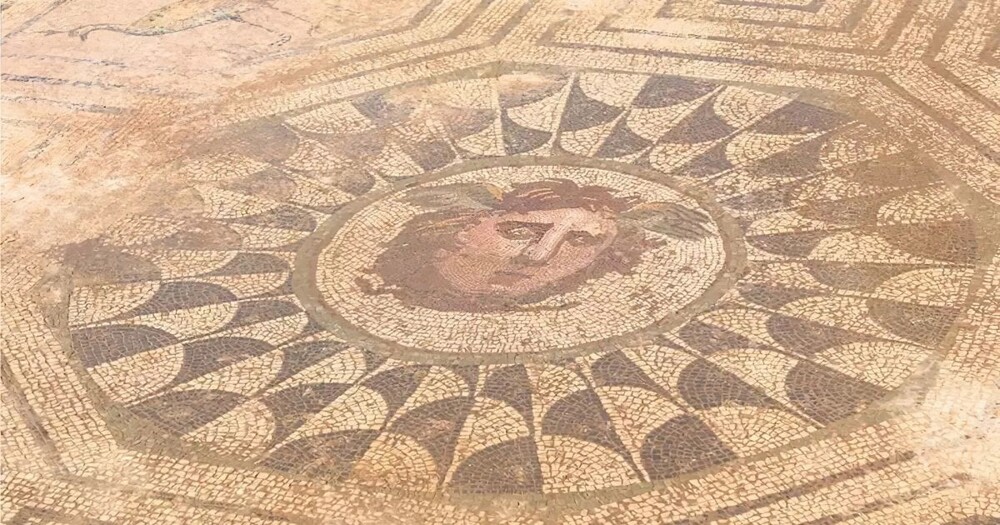
An 1,800-year-old mosaic depicts Medusa in the center patterned octagon - the aegis of Athena. According to the ancient Greeks, Zeus's daughter Athena wore an aegis, a magical protective cape, as part of his attire, attaching to it the image of the head of the Gorgon Medusa.
According to archaeologist José Vargas, such magical objects are apotropaea - were supposed to protect people, animals and homes from evil forces. And who can drive away evil forces better than a terrible monster with a woman's face?
On the mosaic, Medusa is surrounded by masks, geometric patterns and images of animals - fish and four peacocks, which represent the four seasons. 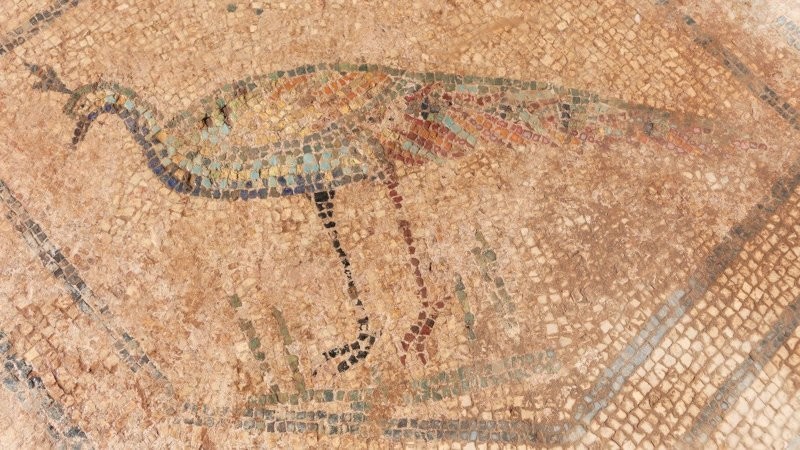
Ancient Greek myths claim that Medusa has a Gorgon instead of hair were snakes, and she turned people who looked directly at her, into stone. She was portrayed as a disgusting monster - sometimes with a beard and even with fangs and sharp teeth.
But in Roman times, around 100 AD. yes, snake hair Gorgons were already often depicted simply as tousled strands, and she acquired features of Alexander the Great (such as wind-blown hair and turned head). 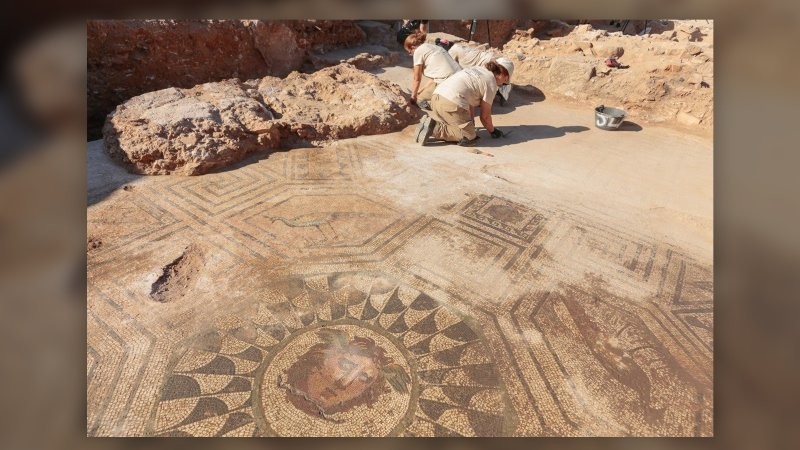
On the mosaic found, Medusa Gorgon has a rounded face, eyes bulging, disheveled strands of hair, face slightly turned, and on the sides head are two white wings. This indicates that she could fly like the Roman god Mercury. The fact that the mosaic is multicolored, and not just black and white, indicates that it was created in the second century ad.
Mosaic of 30 square meters was found students. For the first time this place was excavated in 1976, discovering the remains of luxurious Roman manor, but then the work was not completed. IN 2019 archeology students resumed excavations and this summer discovered the mosaic. She probably decorated one of the main rooms of the house, for example, the triclinium (feast hall). Mosaic very good preserved, and this makes the find exceptional.





